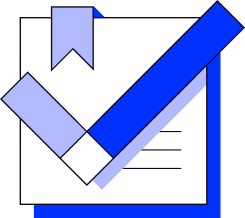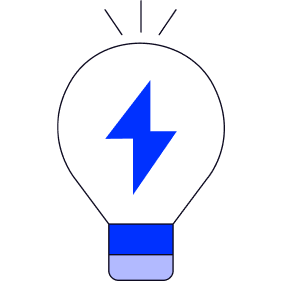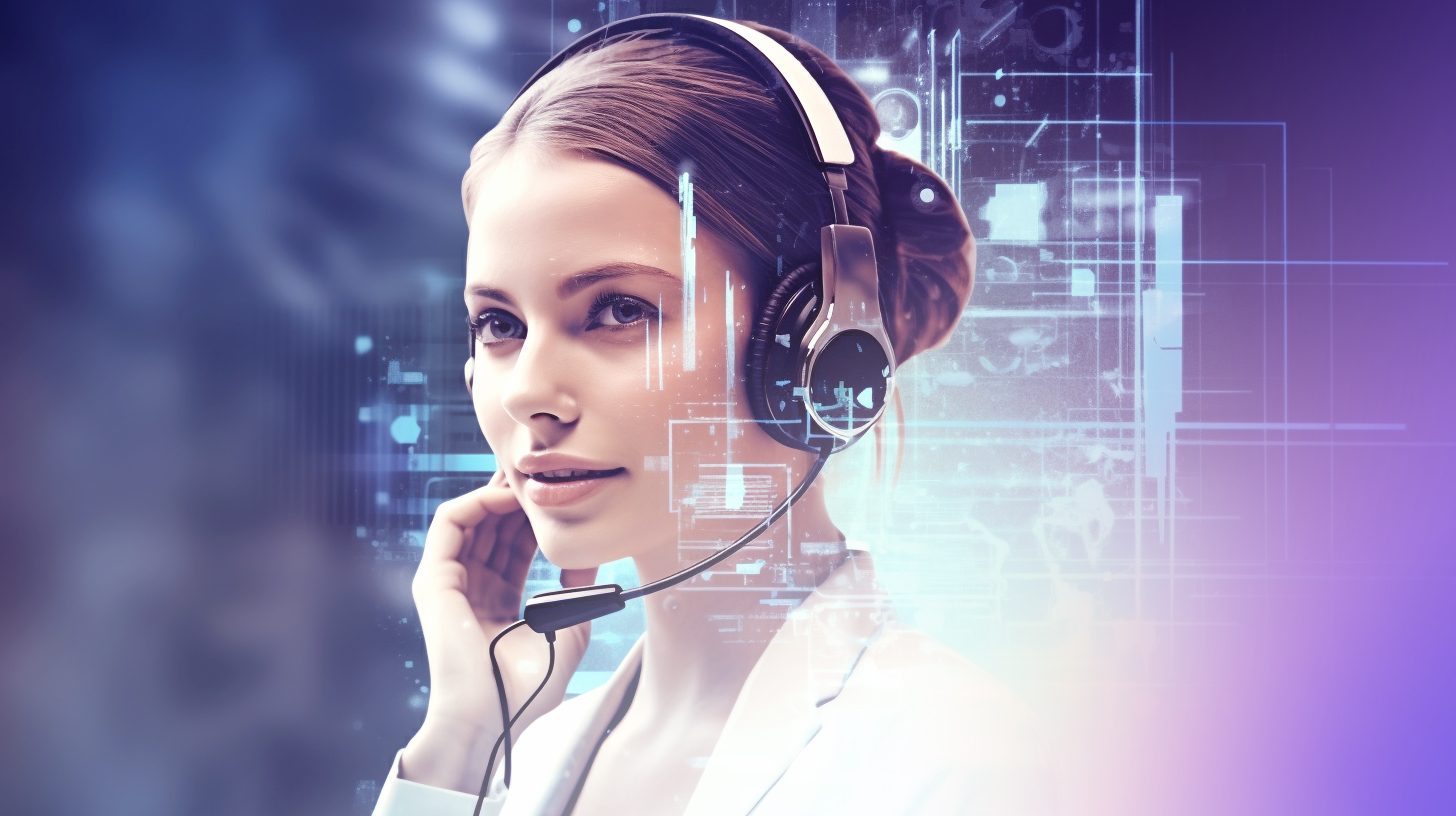
Enhanced Accessibility
Enables visually or hearing impaired individuals to interact with digital content.

Image and voice recognition technologies have emerged as game-changers in various fields, revolutionizing how machines interpret and understand visual and auditory information. Image recognition employs techniques such as Optical Character Recognition (OCR) to extract text from images, enabling the conversion of printed or handwritten text into digital format. In addition, Automatic License Plate Recognition (ALPR) utilizes image recognition to identify and read vehicle license plates, facilitating applications in law enforcement, parking management, and traffic monitoring. These technologies enable machines to comprehend and interpret visual and auditory inputs, opening doors to a myriad of possibilities across industries.
Image and voice recognition offer a multitude of benefits, transforming how we interact with technology and the world around us.


Enables visually or hearing impaired individuals to interact with digital content.

Automates the extraction of valuable information from images or voice recordings.

Enhances identity verification and access control through biometric authentication.

Enables personalized recommendations and tailored user experiences.

Allows for accurate image or voice-based search queries.

Streamlines processes by automating tasks through image or voice commands.












Image and voice recognition technologies have found wide-ranging applications across various industries and workplaces today. In retail, image recognition enables personalized shopping experiences, allowing customers to find products by uploading images or using visual search. Voice recognition powers virtual assistants for hands-free shopping and voice-controlled transactions. In tax administration, image and voice recognition aid in automating document processing, reducing manual effort in tax filings and auditing. Within the hospitality sector, these technologies enhance guest services by enabling voice-controlled room features and facial recognition for seamless check-ins. The versatility of image and voice recognition makes them invaluable in revolutionizing operations in these industries and beyond.
















Robotic Process Automation (RPA) greatly benefits from advancements in Artificial Intelligence (AI). While RPA is excellent at following rules-based processes, AI provides the capability for RPA bots to learn, adapt, and make decisions, enhancing their functionality. AI-powered cognitive capabilities like Natural Language Processing (NLP), Machine Learning (ML), and Computer Vision enable bots to understand and respond to text or voice commands, learn from historical data, and recognize images, respectively. For instance, in customer service, AI-powered RPA can analyze customer sentiments in real-time, allowing bots to handle customer complaints and queries more effectively, delivering personalized responses and improving overall customer experience.